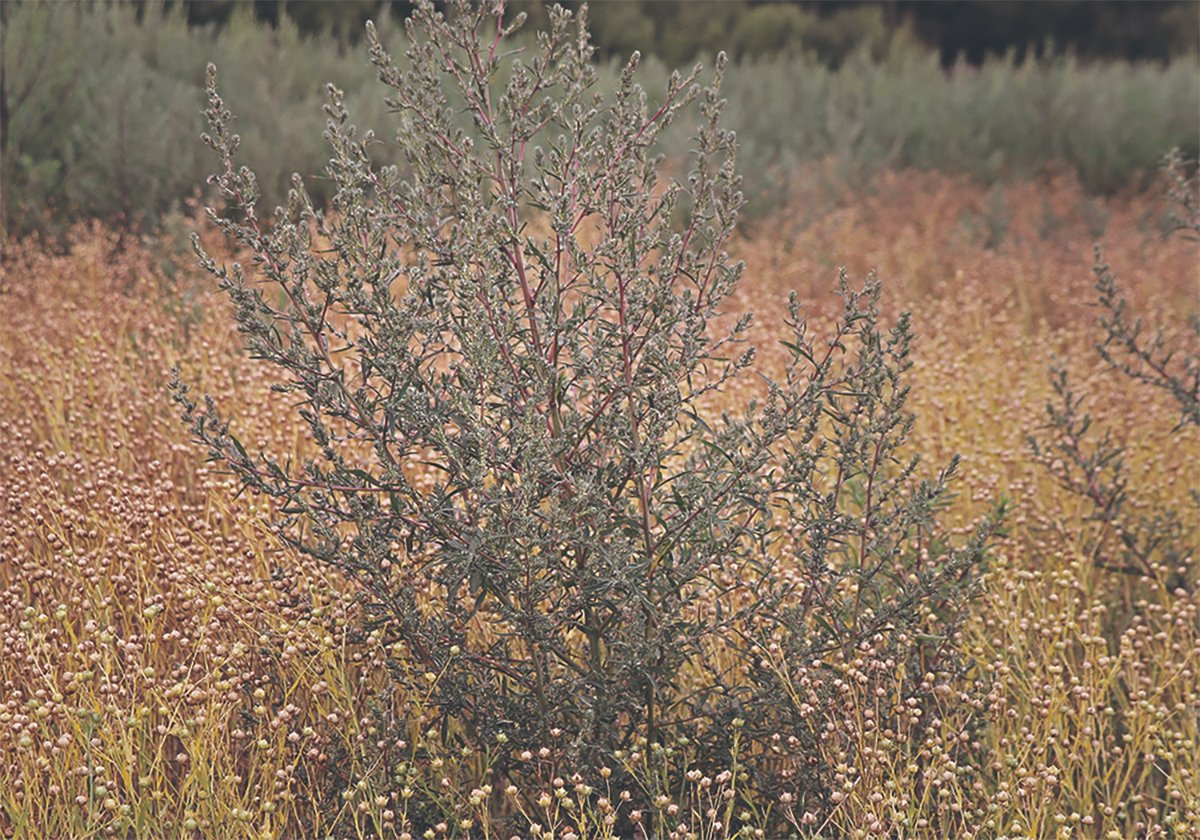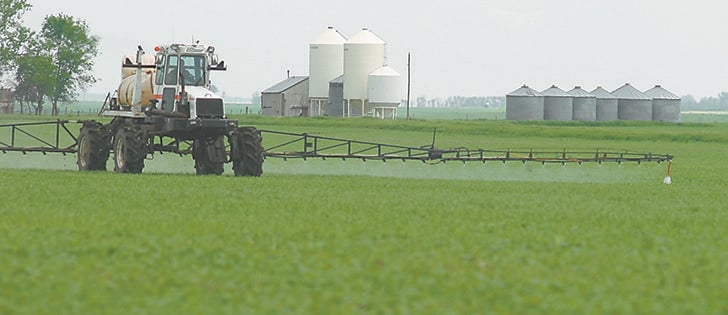There are compelling reasons why producers should band together to increase their collective purchasing power.
When the grain economy is buoyant, many of us pay less attention to the price of inputs. As long as the price is in the ballpark and the service is good, we have a supplier we’d prefer to deal with.
Sometimes loyalty comes from the agronomic advice at a particular outlet. In those cases, you may be less inclined to buy somewhere else for a small price difference.
Read Also

Kochia has become a significant problem for Prairie farmers
As you travel through southern Saskatchewan and Alberta, particularly in areas challenged by dry growing conditions, the magnitude of the kochia problem is easy to see.
Increasingly, however, agronomic advice isn’t coming from suppliers. Many producers invest the time and energy to do the research and come up with their own answers. They have their own sweep nets for insects and they can follow what other producers and agronomists are advising through Twitter. Information is also available over the internet.
Alternatively, many producers pay separately for field scouting and agronomic advice. They don’t have to patronize a particular retailer to get agronomic expertise.
So, as the grain economy tightens, as it appears that it is, money saved on input purchases is money earned. And the producers paying the lowest prices are typically the ones with the largest volumes who are willing to shop around.
At some suppliers, the price is the price and everyone apparently pays the same no matter the volume. At other suppliers, the price depends to a great extent on how much you’re buying and how much they want your business.
Win a large producer’s business on Headline fungicide, for example, and you’ll have a better chance of supplying his glyphosate needs.
Suppliers don’t typically list their volume discounts on a bulletin board. You go in the office, close the door and negotiate a price. And every producer might have a different deal.
All the cross promotions from manufacturers work into the mix as well. Use herbicide X on so many acres and get our fungicide Y at a lower price. Or get a cash rebate at the end of the year based on some complicated usage formula. Or get a free jacket or a free trip to Las Vegas.
Special customers are first in line for special deals. Crop desiccants Reglone and Desica have the same active ingredient and are manufactured by the same company (Syngenta), but they have different price tags.
A limited supply of the significantly cheaper Desica was provided to retail outlets this summer, but of course the demand far exceeded the supply. This was another tool suppliers could use to curry favour with preferred customers.
Business is business and it isn’t surprising that larger customers get price discounts and other perks. However, it is surprising that producers don’t do more to work together to increase their buying clout.
In these times of product shortages and logistical issues, it’s best to have the products you need on the farmstead well in advance of application. As soon as you have a rough seeding plan in the early spring, you have a pretty good idea of your product needs from inoculants to herbicides and fungicides.
Three or five or seven producers could buy under one name and have a lot of bargaining power. There would always be some products a producer would have to buy separately, but there should be significant price advantages for most of their input needs.
Alternatively, a buying group could come together for one specific product.
Perhaps dropping grain prices will convince more producers to work together on input purchases.


















